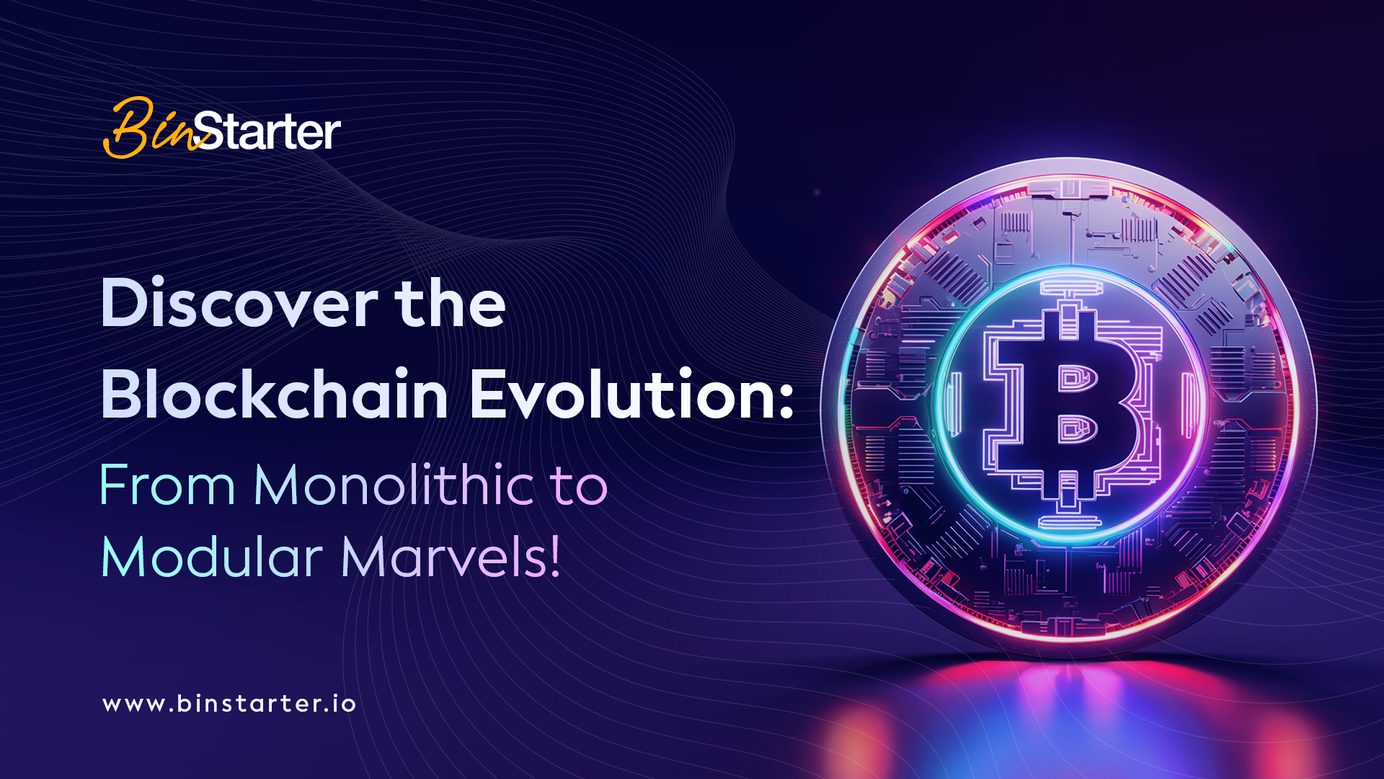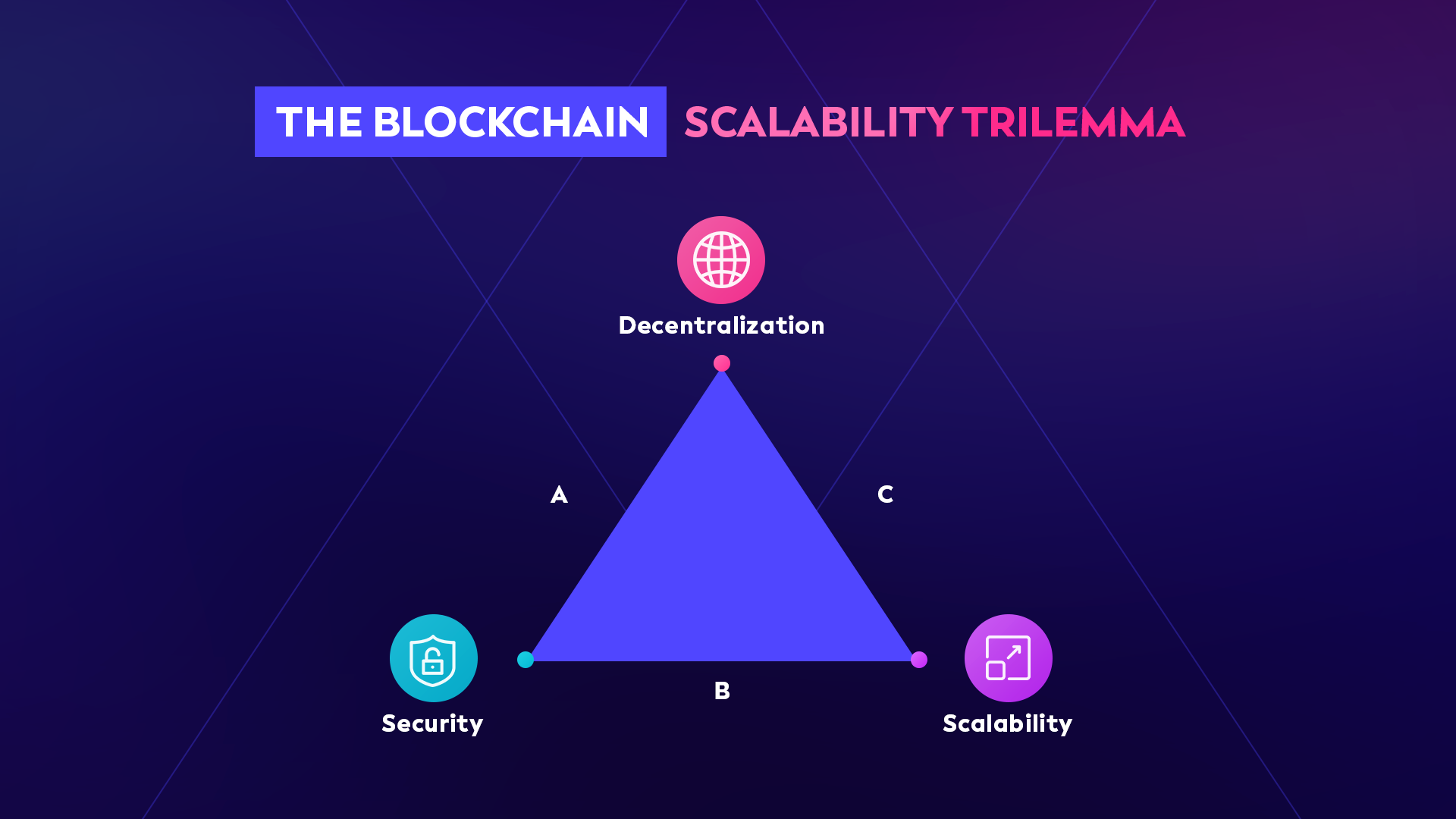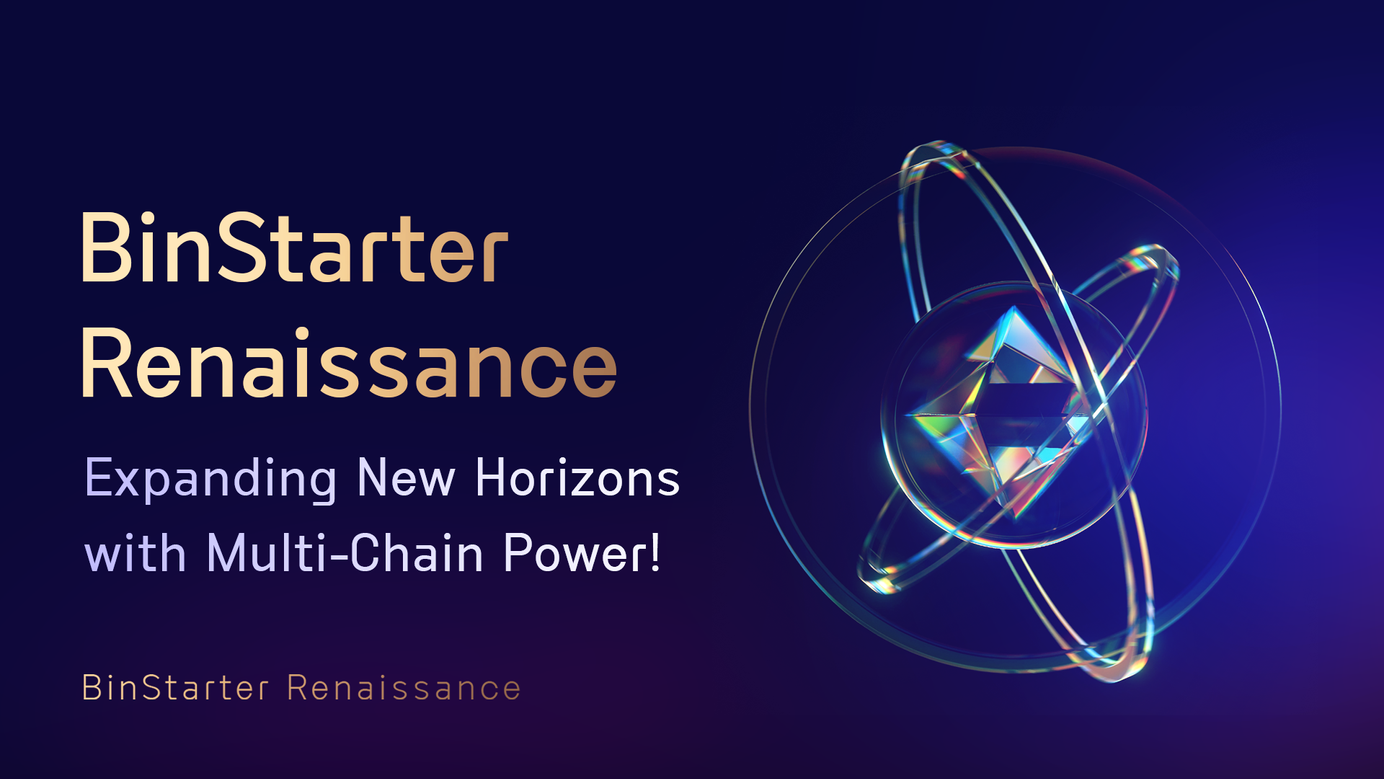
Exploring Blockchain Evolution: From Monolithic to Modular Architectures
Blockchain technology is on the rise as a transformative force, reshaping the digital realm with its commitment to decentralization, openness, and transparency. Its potential to profoundly influence global businesses is becoming more apparent. Industries ranging from finance and payments to supply chain management are actively adopting and investigating new uses for blockchain. In finance, blockchain is altering transaction methodologies; in supply chain management, it provides unmatched traceability; and in payments, it eliminates geographical limitations while speeding up transactions.
Public blockchains reward validators but can face congestion and high fees, pushing for alternatives that might sacrifice security for efficiency, leading to industry fragmentation. Modularity, splitting a blockchain into smaller, adaptable parts, offers a solution by enhancing flexibility and addressing scalability. However, it requires balancing scalability, security, and decentralization, a challenge for developers, investors, and users alike.
As blockchain technology advances, understanding its diverse designs, including types, consensus mechanisms, and decentralization levels, is crucial. This discussion emphasizes modularity in design, exploring different architectures to improve our understanding of their impact on blockchain's evolution and adoption.
The Blockchain Trilemma
The Blockchain Trilemma, also known as the Scalability Trilemma, highlights the challenge public blockchains face in achieving three essential goals simultaneously: security (ensuring consensus and immutability), decentralization (widespread control over the network), and scalability (processing a high volume of transactions at once). Balancing these aspects is difficult, necessitating compromises that define the trilemma's core.

Blockchains prioritizing decentralization and security are typically robust against attacks but struggle with handling large numbers of transactions. Conversely, those focusing on scalability and security might reduce decentralization, affecting network control distribution. Similarly, blockchains that emphasize decentralization and scalability can face security vulnerabilities.
This trilemma represents a significant obstacle in blockchain development and adoption. Yet, through modular approaches to performance and design, the industry is beginning to find more effective solutions to navigate these challenges.
Layers of Blockchain Architecture
Blockchain architecture is built upon four essential layers that underpin its operation:
- Execution: This layer manages the actual processing of transactions, allowing nodes to perform actions that change the blockchain's state. It's crucial for facilitating user transactions, interactions with smart contracts, and asset transfers.
- Settlement: This layer ensures transactions are permanent and immutable, verifying and resolving discrepancies to prevent alterations.
- Consensus: Here, network nodes reach agreement on transaction validity and sequence, ensuring the blockchain maintains a consistent state across the entire network.
- Data Availability: This layer guarantees that transaction data is accessible across the network, ensuring integrity and operational efficiency by distributing data to participants for easy access and storage.
Together, these layers form the backbone of a blockchain, ensuring its operations are efficient and secure, whether it adopts a unified or a modular structure. Understanding these components reveals how blockchain's diverse functions are interconnected to support seamless protocol interactions.
Monolithic vs Modular Blockchain Architecture
The choice between monolithic and modular designs depends on the specific needs and goals of a blockchain network.
Monolithic Blockchain Design:
Monolithic blockchains integrate all core functions—execution, consensus, data availability, and settlement—within a single layer. This design prioritizes simplicity and security, as the tightly coupled components work together within a unified framework. However, this integration often means that improvements or changes in one area necessitate adjustments across the entire system, which can limit flexibility and scalability. Well-known blockchains like Bitcoin and Ethereum initially adopted monolithic designs, emphasizing robust security and decentralized consensus at the expense of higher scalability.
Modular Blockchain Design:
In contrast, modular blockchain design deconstructs the blockchain into separate layers or modules, each dedicated to a specific function such as consensus, execution, or data availability. This separation allows for each module to be developed, improved, and scaled independently of the others, offering a more flexible approach that can adapt to technological advances and changing needs over time. Modular designs aim to solve the scalability trilemma by allowing for optimizations in scalability without compromising on decentralization or security. This approach also facilitates interoperability among different blockchains and systems, as modules can be mixed and matched or replaced as needed.
Different Approaches to Modularity in Blockchain Architecture
Blockchain architecture continuously evolves, presenting a spectrum of designs from fully cohesive monolithic systems to distinctly separated modular frameworks. These architectures fall into four main categories based on their approach to modularity:
- Monolithic: Examples include Bitcoin and Ethereum (before sharding) as well as Solana. These systems manage all essential blockchain operations internally, without relying on external networks.
- Polylithic: Represented by platforms such as Avalanche (Subnets), Polygon (CDK), Starknet (Appchains), and zkSync Era (Hyperchains), polylithic designs feature a core network that links a collection of similar yet distinct chains. They spread network functions across multiple subnetworks, all anchored to a central network.
- Semi-modular: Ethereum (following data sharding updates), NEAR, and Tezos fit this model, blending in-house processes with external solutions for certain tasks. While they conduct some operations internally, they outsource other roles to specialized external networks but still retain full transaction processing and validation capabilities within their ecosystem.
- Modular: Networks such as Aptos and specific protocols like Arbitrum, Optimism, and Scroll exemplify modular design. These protocols focus on particular functionalities and do not handle all aspects of operations independently.
The choice of modularity level in blockchain design hinges on the project's specific requirements and the compromises it's prepared to make among decentralization, security, and scalability—the key facets of the Blockchain Trilemma.
Looking Ahead
As we reflect on the journey from Bitcoin's inception in 2009 to the present, it's clear that blockchain technology has undergone profound changes, especially in its design philosophy. Initially focused on decentralization and security, the field has now broadened to embrace scalability and adaptability, acknowledging the complex needs of diverse applications. The move towards varying degrees of modularity in blockchain designs signifies a shift towards flexibility and specialization, albeit with added complexity in cross-chain coordination.
The landscape of blockchain technology is continuously evolving, promising an expansion in the modularity spectrum and the emergence of innovative design strategies. This evolution is not only about modular approaches but also includes a revival of scalable monolithic designs, adding to the richness of the Web3 ecosystem.
In conclusion, the progression from monolithic to modular architectures illustrates blockchain's growing adaptability to meet the challenges of complexity and scalability in digital applications. While modular blockchains offer a nuanced approach to balancing the core principles of security, decentralization, and scalability, the choice between modular and monolithic remains contingent on the specific demands of each project. As blockchain technology matures, its potential only broadens, paving the way for a future ripe with innovation and further advancements in the digital world. The ongoing diversification in design and functionality underscores an exciting era for blockchain technology, promising to propel the industry and its stakeholders into new frontiers of development and application.
About Binstarter
Launched in June 2021, Binstarter is a trailblazer in decentralized finance, renowned as the first multi-chain IDO platform with an Extended Insurance Protocol (EIP). Our platform is committed to transparency, fairness, and innovation, offering secure and efficient fundraising solutions for startups. At Binstarter, we aim to revolutionize the DeFi landscape by reducing risks, enhancing user experiences, and empowering startups for successful launches.
Website | Announcement Channel | Telegram Chat | Twitter | Blog
BinStarter Blog & News Newsletter
Join the newsletter to receive the latest updates in your inbox.





